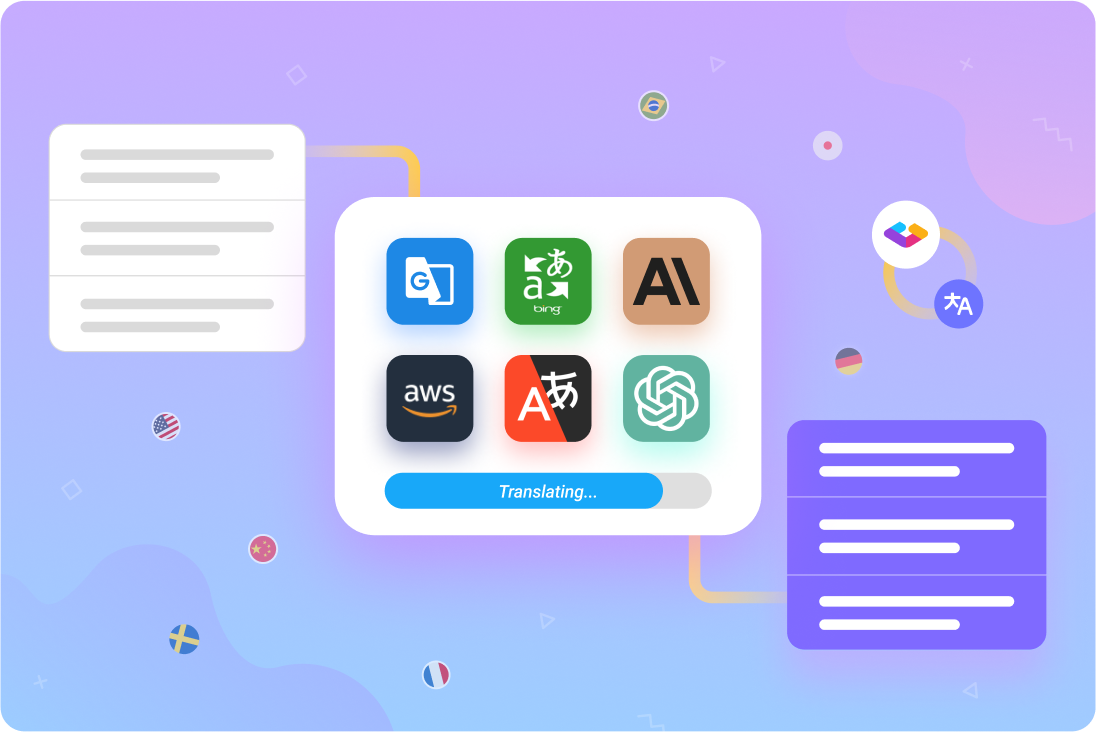The Ultimate AI-Powered Translation Tool

The Technology Behind DeepL’s Superior Translations
DeepL leverages advanced artificial intelligence and deep learning algorithms to analyze and process language in ways that closely mimic human understanding. Unlike earlier statistical machine translation systems, DeepL’s neural networks consider entire sentences and paragraphs for context, rather than translating word-by-word or phrase-by-phrase. This contextual understanding allows for remarkably accurate translations that preserve meaning, tone, and stylistic nuances.
The system was developed by DeepL GmbH, a German company that initially focused on linguistic technology and dictionary applications before venturing into neural machine translation. This strong foundation in linguistics gives DeepL an edge in understanding grammatical structures, idiomatic expressions, and language-specific peculiarities that often challenge other translation services.
Key Advantages Over Other Translation Tools
DeepL stands out in the crowded field of machine translation for several compelling reasons:
Unmatched Accuracy
Independent studies and user experiences consistently show that DeepL produces more accurate translations than its main competitors, especially for European languages. The translations maintain grammatical correctness and use appropriate vocabulary that matches the context of the original text.
Contextual Understanding
DeepL’s algorithm considers the surrounding text to determine the most appropriate translation for ambiguous terms. This contextual awareness helps avoid the awkward, literal translations that plague other machine translation services.
Pro Tip: Provide Context
For even better results, include surrounding sentences or explain the context of your translation. DeepL uses this additional information to refine its translations.
Notable Features of DeepL
Precision
Industry-leading accuracy in translation quality
Formality Options
Choose between formal and informal language registers
Wide Language Support
Support for 31 languages and growing
Privacy Focus
Texts are not stored or used for training after translation
Applications Across Industries
DeepL has found applications across numerous professional fields:
Business Communications
Translating emails, reports, and business documents with professional tone accuracy
Academic Research
Translating research papers and academic texts while preserving technical terminology
Content Localization
Adapting websites, apps, and marketing materials for different linguistic markets
DeepL’s Approach to Privacy and Data Security

In an era of increasing data sensitivity, DeepL stands out for its commitment to privacy. Unlike some competitors that store and analyze user translations to improve their systems, DeepL does not retain users’ texts after translation. This approach makes it particularly attractive for businesses and individuals working with sensitive or confidential information.
The company offers DeepL Pro, a subscription service with additional security features tailored for professional use. This includes enhanced data protection, the ability to customize terminology, and integration with various platforms and workflows.
The Future of Machine Translation
DeepL represents a significant leap forward in machine translation technology, setting new standards for accuracy, nuance, and usability. As artificial intelligence continues to advance, we can expect DeepL to further refine its capabilities, potentially incorporating real-time voice translation, even more sophisticated contextual understanding, and expanded language support.
While machine translation will never fully replace human translators for sensitive, creative, or highly specialized content, tools like DeepL are breaking down language barriers and making cross-lingual communication more accessible than ever before. For businesses, students, travelers, and professionals across industries, DeepL offers a powerful solution for navigating our increasingly globalized world.
for (let i = 0; i < starsCount; i++) { const star = document.createElement('div'); star.classList.add('star'); // Randomize star properties const size = Math.random() * 3; star.style.width = `${size}px`; star.style.height = `${size}px`; star.style.left = `${Math.random() * 100}%`; star.style.top = `${Math.random() * 100}%`; star.style.animationDelay = `${Math.random() * 5}s`; starsContainer.appendChild(star); } // Create binary rain effect const container = document.body; for (let i = 0; i < 50; i++) { const binary = document.createElement('div'); binary.classList.add('binary'); binary.textContent = Math.random() > 0.5 ? '1' : '0'; binary.style.left = `${Math.random() * 100}%`; binary.style.top = `${Math.random() * 100}%`; binary.style.fontSize = `${Math.random() * 20 + 10}px`; binary.style.opacity = Math.random() * 0.1; container.appendChild(binary); } });





